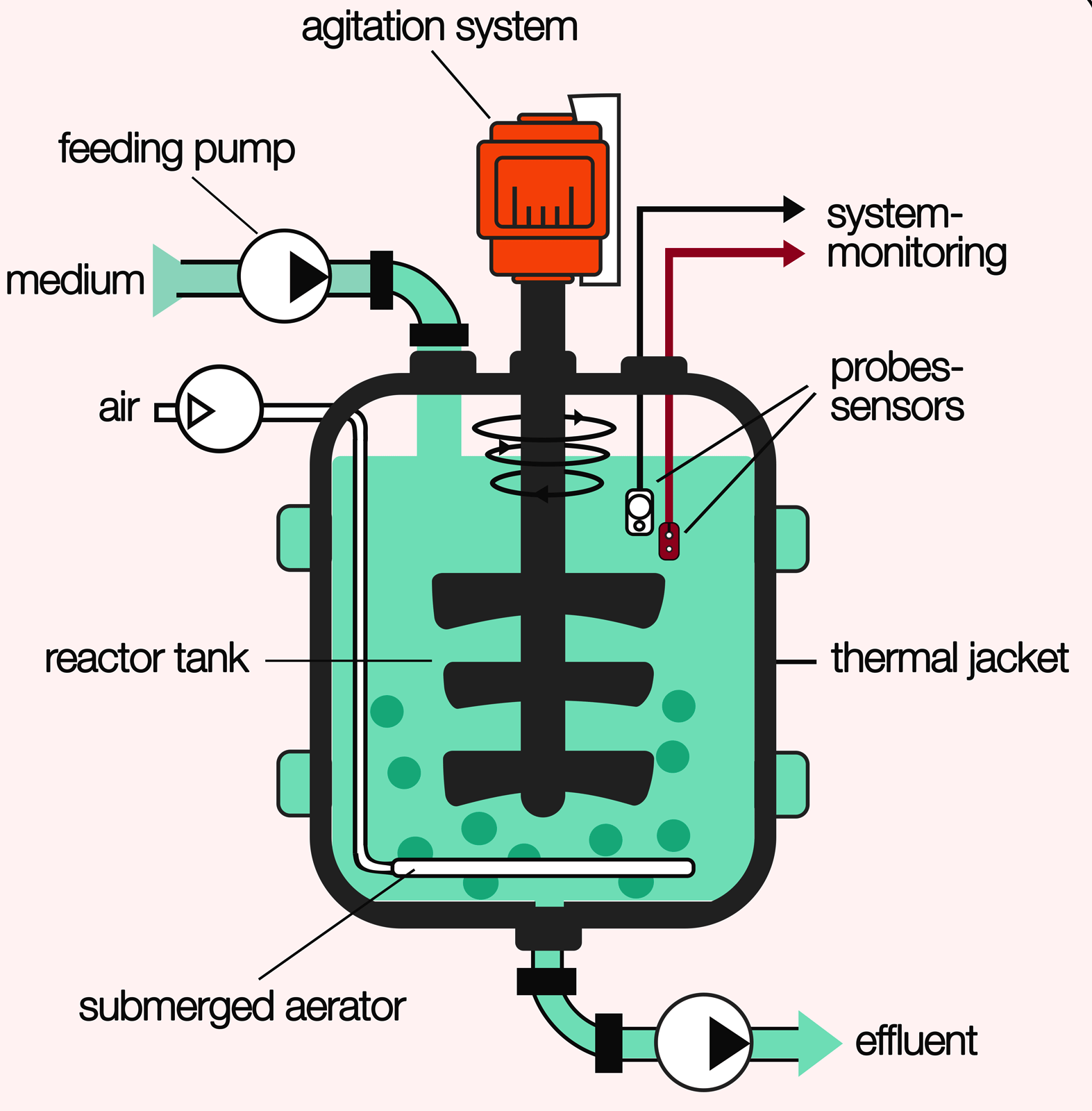Research Interests
Early warning indicators for tipping points

A tipping point is a threshold at which a system transitions to a contrasting stable state. They exist across all varieties of natural and artificial systems. In general, models are not able to accurately predict where these tipping points are located, due to inevitable uncertainties in model parameters. However, there are some generic statistical properties that systems exhibit as they approach tipping points that are a consequence of the dynamical phenomena known as 'critical slowing down'. Detecting these 'early warning indicators' in time-series data could allow for timely intervention to prevent or at least prepare for the regime shift. We are working on early warning signals that are specific to bifurcation types, and assessing their utility in high-dimensional systems where identifying the relevant variables becomes important.
Stability of complex systems

Complex systems are comprised of many components that interact with one another according to various mechanistic processes. An ecosystem is comprised of many species that can be connected via competitive, cooperative and exploitative interactions. A financial system is comprised of banks, hedge funds and regulators that interact through monetary transactions. Both systems are prone to catastrophic shifts as we have seen from the collapse of the Canadian Newfoundland cod fishery in 1992 and the global financial crisis of 2007-2008. I am working with results from random matrix theory and properties of dynamical systems on networks to determine interaction mechanisms and network structures that result in enhanced stability of complex systems. An understanding of what makes complex networks robust to disturbances is important for the long-term sustainability of complex systems vital to human well-being.
Infectious disease modelling

There is a long history of using compartmental models to understand the population-level transmission of infectious disease. I am particularly interested in the dynamics of vaccine-preventable diseases such as measles, that are close to elimination, but survive due to pockets of non-vaccinating individuals. Models that couple human behaviour (regarding vaccination) to disease dynamics elucidate a tipping point, that if crossed, results in continuous outbreaks and drastically delays eradication targets. We have found evidence of critical slowing down in time-series of tweets preceding the DisneyLand measles outbreak suggesting that this coupled socio-disease system does indeed exhibit critical phenomena. Further work will investigate the potential for critical slowing down metrics in twitter data to assess population resilience to vaccine scares.
Socio-climate models

The Intergovernmental Panel on Climate Change (IPCC) consistently base climate change predictions using models that do not account for dynamic human behaviour regarding carbon emissions. In coupling a behavioural model, that captures the fundamental tendency for humans to learn socially, to a recognised simple climate model, we get substantially different predictions of global temperature depending on social parameter settings. These results suggest that future climate models should incorporate human behaviour when making predictions. we are investigating different model frameworks for behavioural dynamics, and the corresponding impact this has on climate predictions. Of particular interest is recognising thresholds in the socio-climate system that partition the onset versus suppression of runaway climate change.
Continuous bioprocesses

Continuous bioprocesses use complete living cells or their components (e.g. bacteria, enzymes) to obtain biological products used in the pharmaceutical industry. The reaction process can exhibit a range of complex dynamics including multi-stability and threshold behaviour entailing a possible transition to a wash-out state (zero product output). As with most complex systems, these thresholds are difficult to identify and so we are investigating the use and practicality of early warning indicators (see above) in this field. It so happens that many of these reaction schemes are optimised when they are close to tipping points and so early warning indicators could provide a measure of risk that complements current bioprocess techniques.